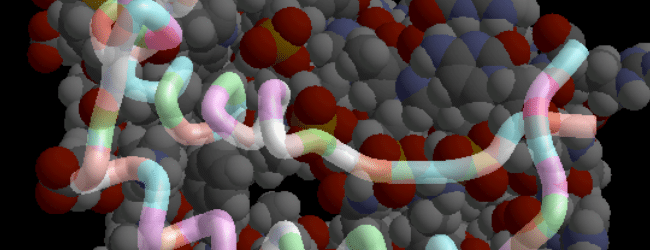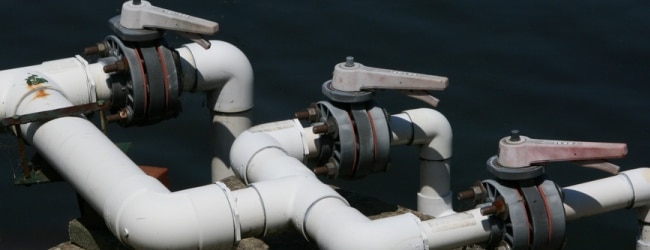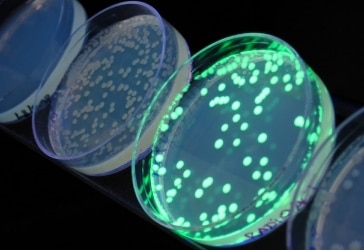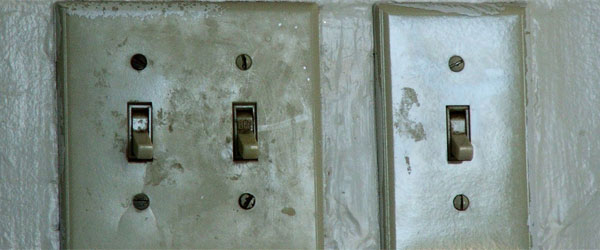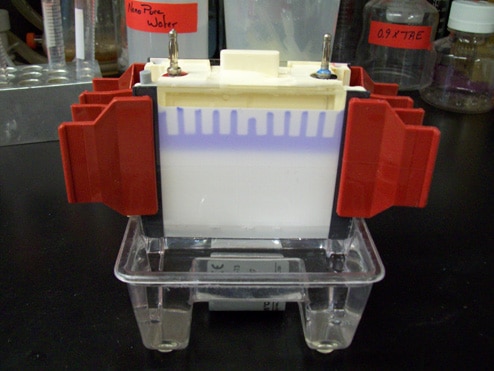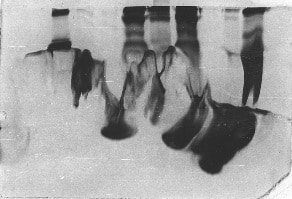The Ins and Outs of Protein Concentration – Chromatography
In parts one and two of this series I described how semi-permeable membranes and precipitation methods could be used to concentrate your protein-of-interest, but there is one more method that you may not have thought of for protein concentration – chromatography. While chromatography resins are an obvious choice for protein purification, they can also be…


